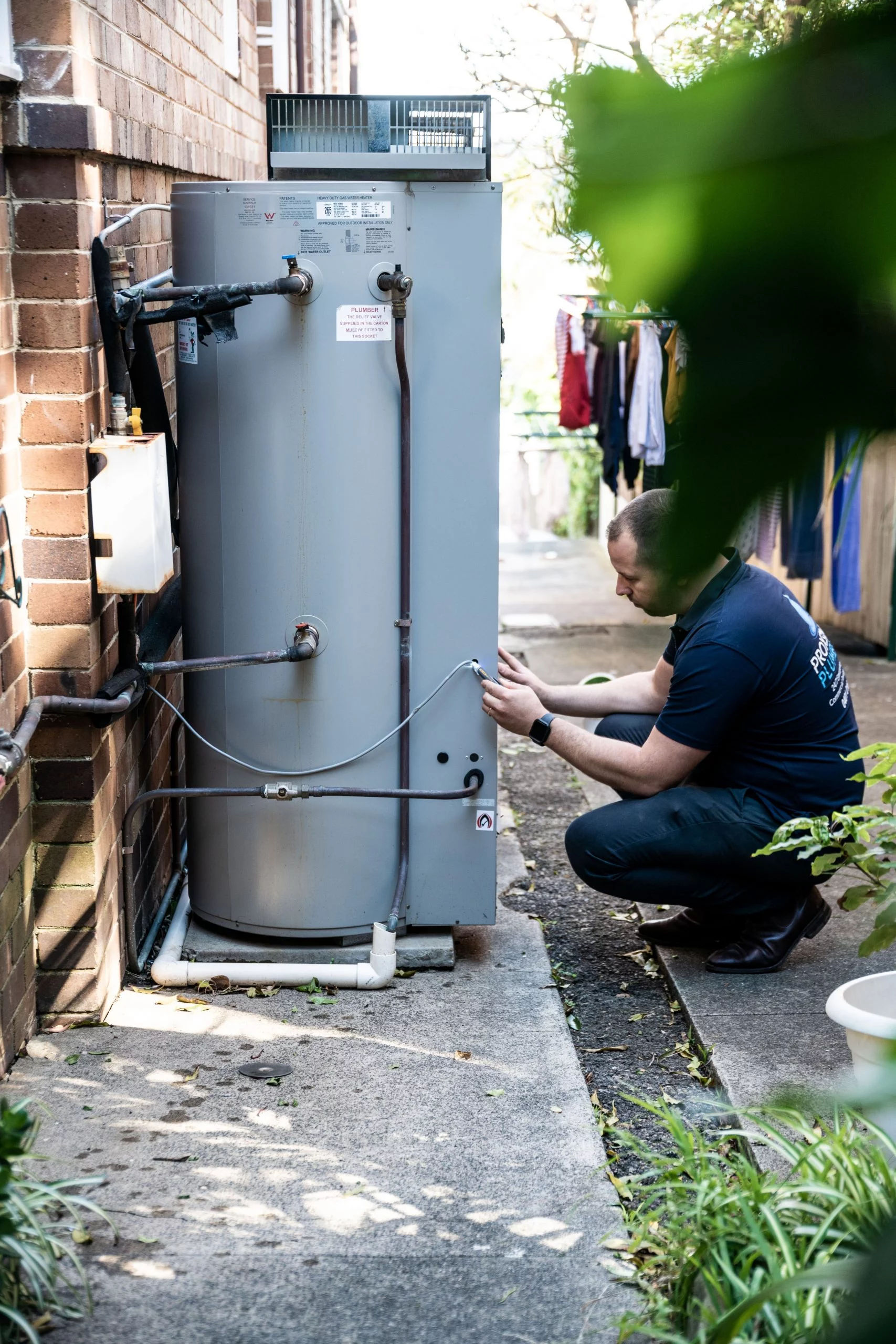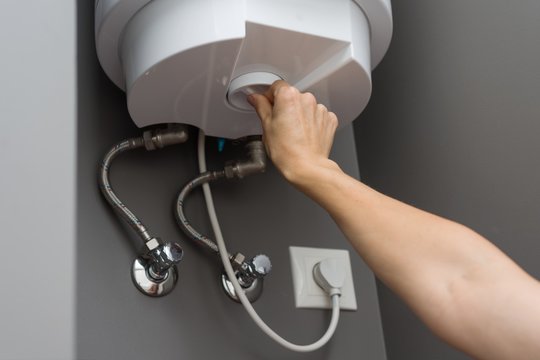What are your ideas on Tips For Maintaining Your Hot Water Heater?

Hot water is essential for everyday comfort, whether it's for a refreshing shower or cleaning dishes. To guarantee your hot water system runs successfully and lasts much longer, normal maintenance is vital. This article offers sensible tips and insights on exactly how to keep your home's hot water system to stay clear of disruptions and expensive repairs.
Introduction
Keeping your home's warm water system might seem overwhelming, but with a few straightforward steps, you can ensure it runs smoothly for years to come. This guide covers every little thing from recognizing your hot water system to DIY upkeep suggestions and knowing when to contact specialist help.
Value of Keeping Your Hot Water System
Regular upkeep not just extends the life expectancy of your warm water system but additionally ensures it runs efficiently. Ignoring maintenance can bring about decreased performance, higher power bills, and even early failure of the system.
Indicators Your Hot Water System Requirements Upkeep
Recognizing when your warm water system requires focus can protect against significant concerns. Keep an eye out for indications such as inconsistent water temperature level, unusual sounds from the heating unit, or rusty water.
Understanding Your Warm Water System
Before diving right into maintenance jobs, it's valuable to recognize the fundamental components of your hot water system. Typically, this consists of the water heater itself, pipes, anode poles, and temperature controls.
Month-to-month Maintenance Tasks
Routine monthly checks can assist capture minor concerns before they intensify.
Flushing the Hot Water Heater
Purging your water heater removes sediment build-up, enhancing effectiveness and lengthening its life.
Monitoring and Replacing Anode Rods
Anode poles avoid deterioration inside the storage tank. Inspecting and changing them when worn out is vital.
Examining and Readjusting Temperature Setups
Changing the temperature level settings makes certain ideal efficiency and safety.
Do It Yourself Tips for Maintenance
You can execute several upkeep tasks yourself to maintain your hot water system in top problem.
Looking for Leaks
On a regular basis examine pipelines and connections for leakages, as these can lead to water damage and greater bills.
Checking Pressure Relief Valves
Examining the pressure safety valve guarantees it functions appropriately and protects against excessive pressure accumulation.
Shielding Pipelines
Insulating hot water pipes decreases warm loss and can save power.
When to Call a Specialist
While DIY upkeep is valuable, some issues need expert expertise.
Facility Issues Requiring Expert Aid
Examples include significant leakages, electrical problems, or if your water heater is consistently underperforming.
Routine Specialist Upkeep Perks
Expert maintenance can include thorough examinations, tune-ups, and guaranteeing compliance with safety and security requirements.
Verdict
Routine upkeep of your home's warm water system is essential for efficiency, durability, and cost savings. By complying with these suggestions and understanding when to look for specialist aid, you can ensure a reliable supply of hot water without unexpected disruptions.
How to Maintain an Instant Hot Water Heater
Before tinkering with your hot water heater, make sure that it’s not powered on. You also have to turn off the main circuit breaker and shut off the main gas line to prevent accidents. Also turn off the water valves connected to your unit to prevent water from flowing into and out of the appliance. 2. When you’re done, you have to detach the purge valves’ caps. These look like the letter “T†and are situated on either side of the water valves. Doing so will release any pressure that has accumulated inside the valves while at the same time avoid hot water from shooting out and burning your skin. 3. When the purge valves’ caps are removed, you have to connect your hosing lines to the valves. Your unit should have come with three hoses but if it didn’t, you can purchase these things from any hardware or home repair shops. You can also get them from retail stores that sell water heating systems. Read the user’s manual and follow it to complete this task properly. When the hosing lines are connected, open the purge port’s valves. 4. You should never use harsh chemical cleaners or solutions when cleaning your unit. Make use of white vinegar instead. It should be undiluted and you’ll probably use about 2 gallons. 5. Now flush your water heater. This task should probably take about 40 minutes. We can’t give you specific directions for this because the procedure is carried out depending on the type, model and brand of your heater. With that being said, refer to the user’s manual. 6. When you’re done draining the unit, you have to turn off the purge port valves again. Remove the hosing lines that you earlier installed on each of the water valves. Put the valve caps (purge port) back in their respective places and be very careful so as not to damage the rubber discs that are found inside these caps. 7. Now that everything’s back in place, check your user’s manual again to find out how to reactivate your water heating system. 8. Once it is working, turn one of your hot water faucets on just to let air pass through the heater’s water supply pipes. Leave the tap on until water flows smoothly out of it. https://www.orrplumbing.com/blog/2014/september/how-to-maintain-an-instant-hot-water-heater/

I hope you liked our piece on What Kind of Maintenance Do Water Heaters Need?. Thanks a ton for taking a few minutes to read through our short article. Please pause to promote this blog posting if you enjoyed reading it. I recognize the value of your readership.
Call Today